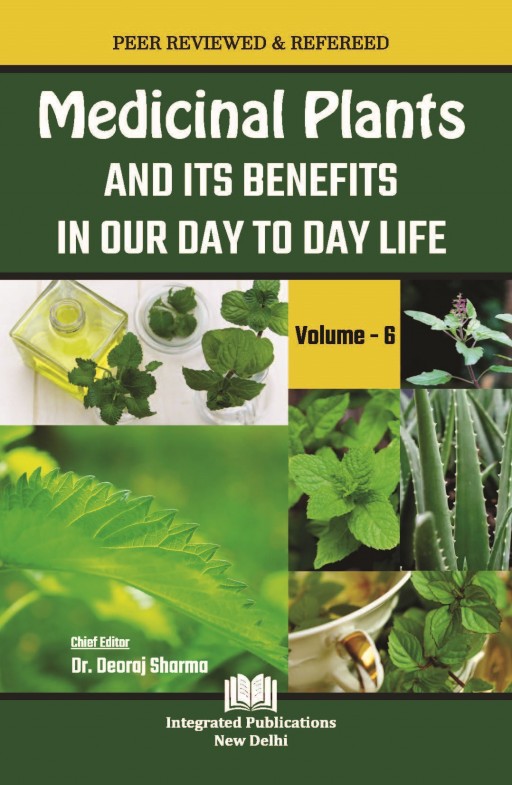Marigold: A Proven Source of Medicine


Medical plants, their derivatives, and identified secondary metabolites are widely utilised for medicinal purposes and are gaining popularity around the world as a natural alternative to synthetically generated chemicals in both Traditional and Allopathic systems of medicine. Herbal medicine's beneficial effect is typically due to the mixture of secondary metabolites formed in the herbs, such as glycosides, alkaloids, flavonoids, tannins, gums, and so on. Tagetes (Marigold) species, which belong to the Asteraceae family, are the most prevalent in the plant kingdom and are used in a variety of applications such as cosmetic preparation, medications and ornamentals. Different parts of the plant Tagetes erecta (Compositae), also known as Genda Phul (marigold), are used as remedies to treat a variety of health issues, including dental, stomach, intestinal, emotional, and nervous disorders, muscular pain, astringent, carminative, stomachic, scabies and liver complaints, diseases of the eyes, purify the blood, bleeding piles, rheumatism, colds, and bronchitis. The plant Tagetes erecta includes a variety of essential phytochemical compounds in various parts of the plant. It has anti-nociceptive, anti-inflammatory, antioxidant, insecticidal, larvicidal, hepatoprotective, antipyretic, wound healing, antibacterial, antimicrobial, antiepileptic and antifungal properties.